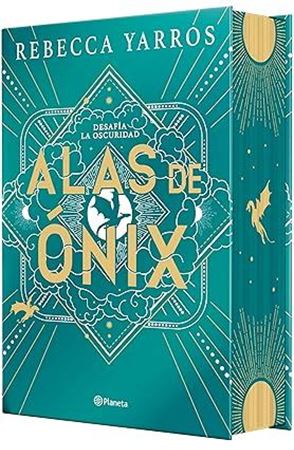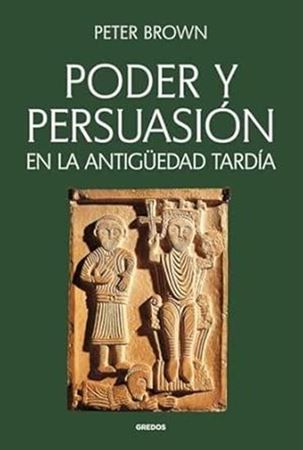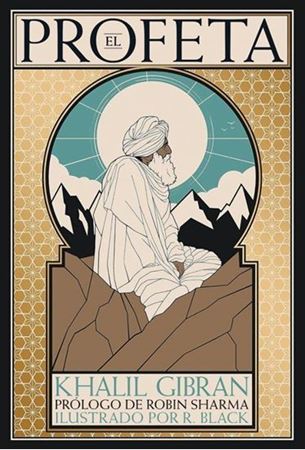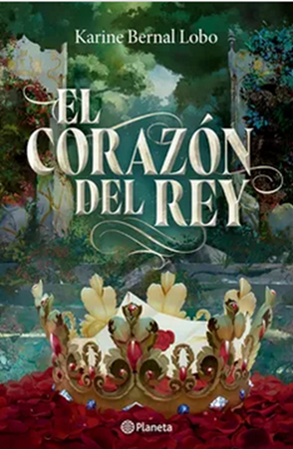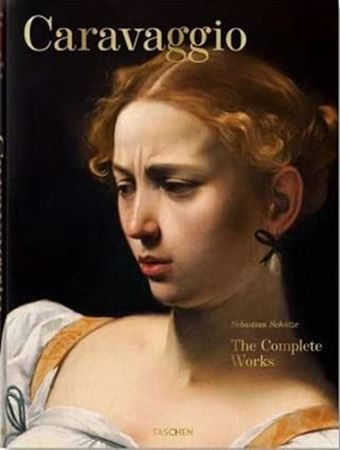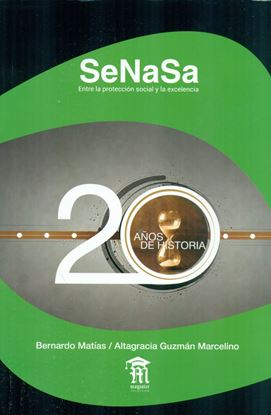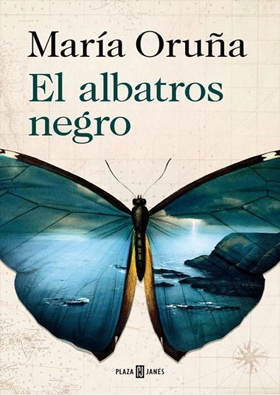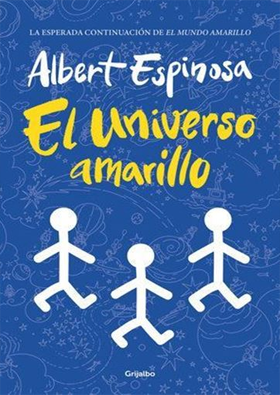

NOVEDADES
SENALES PERDIDAS
Zoe Kelly es la nueva becaria de Bubble, una web de noticias y cultura pop. Zoe espera que este sea el primer paso para convertirse en escritora, aunque hasta el momento solo ha redactado horóscopos y organizado agendas, nada muy emocionante. Pero todo cambia cuando su primer artículo, en el que habla sobre su inexistente vida amorosa, se hace viral. La reacción general es muy positiva, pero hay cinco comentarios que destacan sobre el resto: cinco personas que opinan que la nula experiencia de Zoe no ha sido por falta de interés al otro lado, precisamente…
Con su jefe emocionado ante la aparición de los supuestos admiradores, Zoe tiene la oportunidad de escribir un segundo artículo sobre el tema. Para ello, deberá descubrir qué señales pudo haber pasado por alto… y, quizá, encontrar el amor.
1,250
1,000
SENASA. ENTRE LA PROTECCION SOCIAL
Hablar de SeNaSa es contar la historia de cómo una institución pública dominicana, nacida en medio de tensiones sociales y escepticismo, se transformó en un pilar de equidad y eficiencia en el sistema de salud. Este libro recorre, con profundidad y honestidad, el camino recorrido por el Seguro Nacional de Salud desde su creación en 2001 hasta 2020, mostrando cómo logró garantizar el derecho a la salud de millones de personas vulnerables, superar resistencias gremiales y políticas, y consolidarse como una de las administradoras de riesgos de salud más importantes del país.
Más que una cronología institucional, esta obra es un testimonio de liderazgo, visión estratégica y compromiso con lo público. A través de entrevistas, análisis críticos y reflexiones sobre los desafios enfrentados, se ofrece una lección viva sobre cómo se construye legitimidad desde el Estado, cómo se defienden los derechos fundamentales desde la gestión pública, y cómo lo público cuando se administra con ética y excelencia puede transformar realidades y construir justicia social.
1,000
800
SENRYUU DE EDO
En el segundo año de la era Meiwa (1765), un discípulo de Karai Senryuu llamado Goryooken Arubesi (1788), cuyo nombre poético era Momen: algodón, publicó junto con su maestro, y evaluados por él, una compilación de senryuu llamada Haifuu Yanagidaru (más conocida como Yanagidaru en japonés). Estas antologías se fueron publicando sucesivamente hasta alcanzar los 167 tomos en el año noveno de la era Tenpoo (1838) y Karai Senryuu vivió lo suficiente como para ver publicados los primeros veintidós tomos.
Se dice que Karai Senryuu evaluó más de 2.300.000 poemas a lo largo de su vida. En el barrio de Asakusa, en la antigua ciudad de Edo (Tokio) hay un monumento en su homenaje en el lugar donde evaluaba los versos.
1,350
1,080
SENTIDO Y SENSIBILIDAD (EDIMAT) (TB)(LM)
En esta obra, Jane Austen dispone que todas las emociones humanas han de conservar el decoro. Este decoro se traduce en un control de las emociones mediante la prudencia y la razón. Es decir, que una persona necesita el sentido (o juicio) y la sensibilidad para conseguir sus metas. En la historia aparecen dos hermanas: Elinor y Marianne Dashwood, que representan el sentido y la sensibilidad respectivamente. Ambas se enamoran y tienen problemas para que ese amor correspondido llegue a un final feliz.
JANE AUSTEN nació el 16 de diciembre de 1775 en Steventon (Reino Unido). Cuando era una adolescente escribió como hobby y para entretener a su familia, unos relatos en forma epistolar llamados Amor y amistad y Juvenilia. También escribió Elinor y Marianne de modo epistolar y luego lo hizo novela bajo el título Sentido y sensibilidad. Otro de sus relatos epistolares de esta época es Lady Susan. Después escribió La abadía de Northanger, y Orgullo y prejuicio. Otras famosas obras suyas son Mansfield Park, Emma, Persuasión y la inacabada Sandinton. Murió el 18 de julio de 1817 en Winchester.
350
280
SENTIDO Y SENSIBILIDAD (TD) (BOL)
Tras la muerte repentina del padre, la familia Dashwood queda desamparada. La novela sigue los avatares de esta familia, orientando la atención especialmente hacia las aventuras de sus dos hermanas mayores, que encarnan posturas vitales diametralmente opuestas: si Elinor representa el sentido común y la razón, Marianne actúa impulsada por el sentimiento y la emoción.
A través de la ironía, la prosa de Austen refleja perfectamente la rígida e injusta sociedad de finales del XIX y las escasas posibilidades de la mujer de la época.
1,150
920
SENTIDO Y SENSIBILIDAD (VINTAGE)
En Sentido y sensibilidad, Jane Austen explora con sutileza e ironía las opciones de la mujer en una sociedad rígida, donde el éxito o el fracaso dependen de la elección del marido. La historia se centra en dos hermanas, Elinor y Marianne, cuyas personalidades antagónicas ejemplifican dos posibles respuestas femeninas ante la hipocresía dominante: el «sentido común» y la «sensibilidad». Sin embargo, tanto un camino como el otro entrañan sus peligros.
950
760

